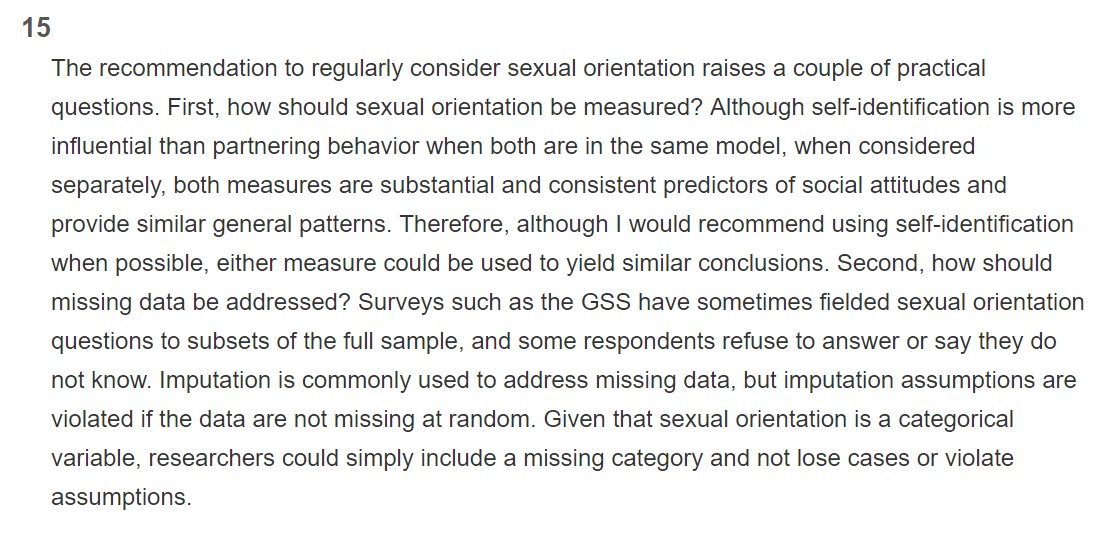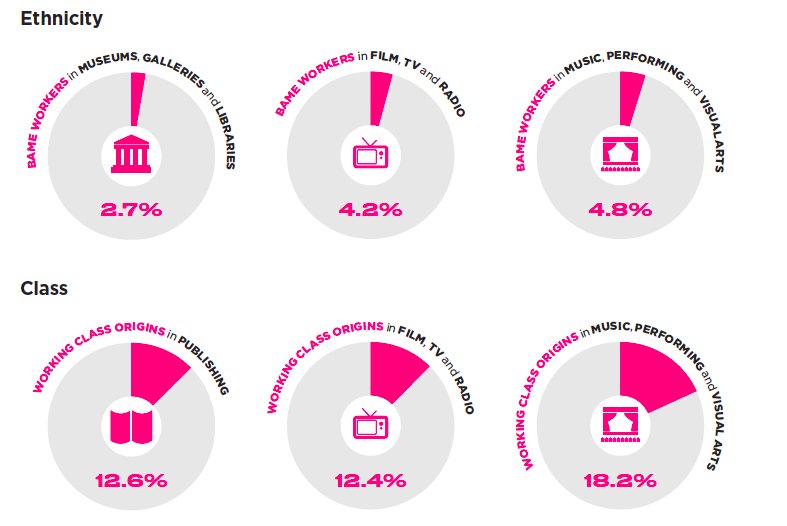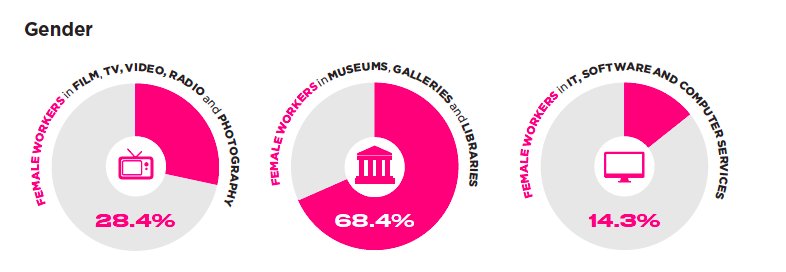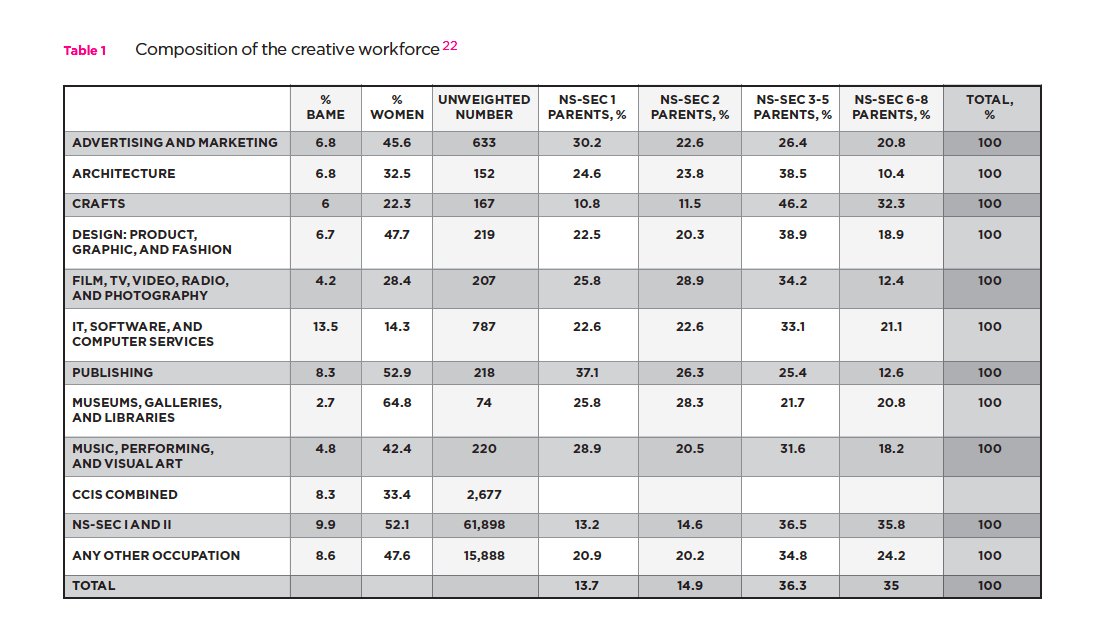Sexual orientation is a strong and exceptionally consistent predictor of social attitudes. I conclude that sexuality should become a core factor in social scientific theory and empirical analysis.
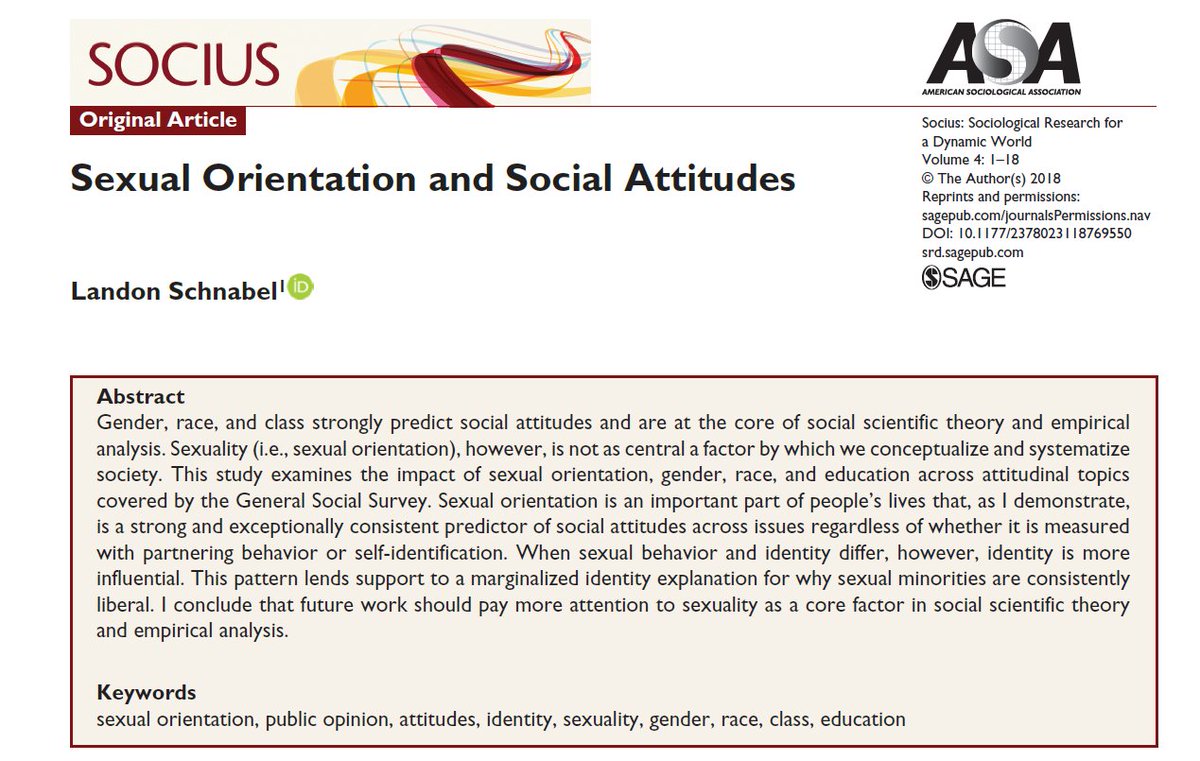
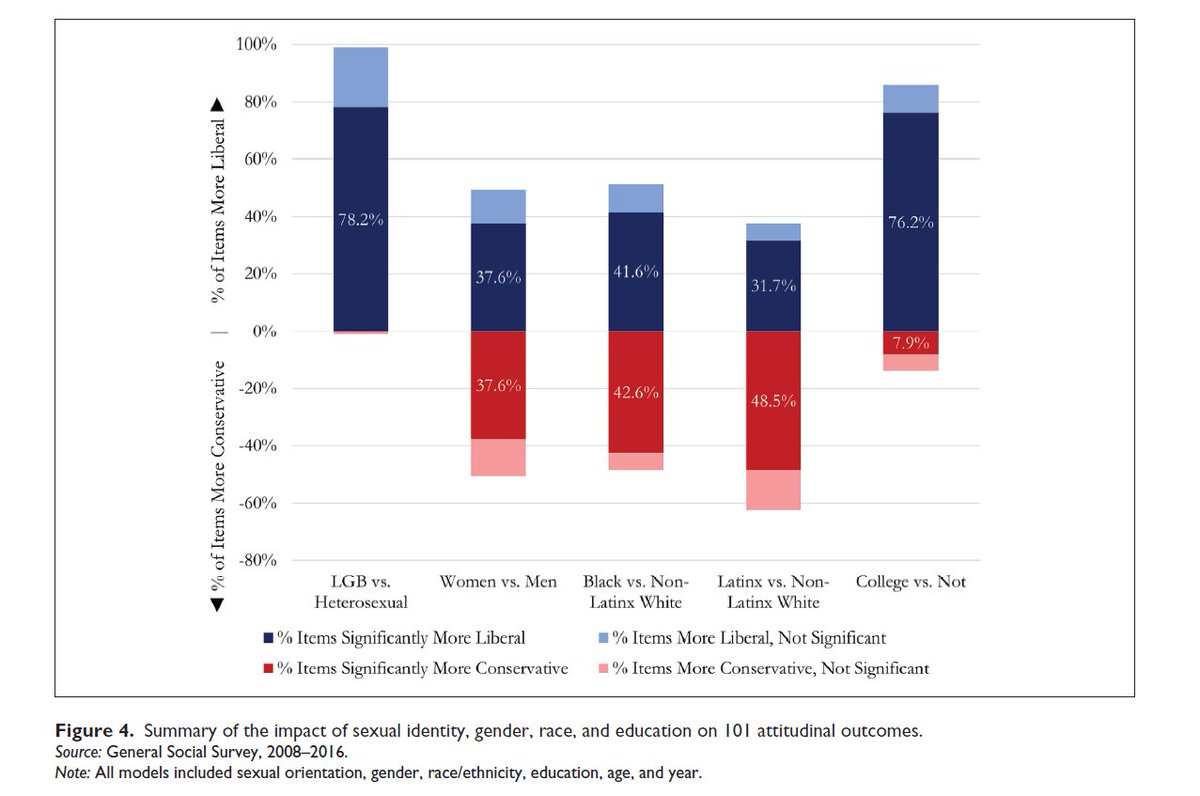
Sexuality is still a marginal topic
Total # of papers in last 80 years in top generalist sociology journals:
Gender: 785
Race: 576
Sexuality: 25
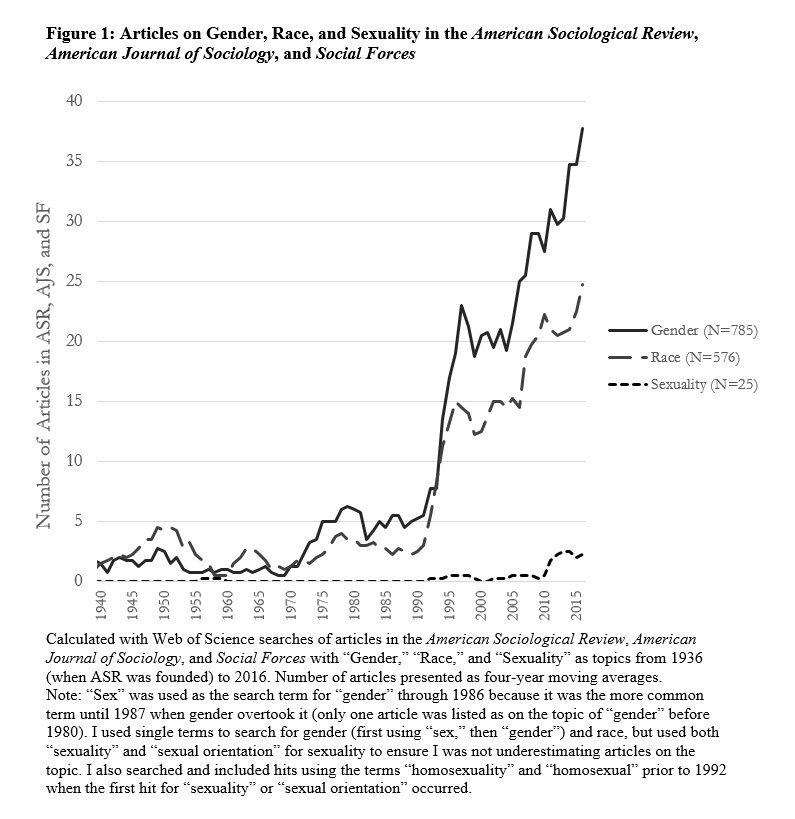
In fact, sexuality is 2x as strong a divide on general political orientation as gender, race, and college:

This pattern lends support to a marginalized identity explanation for why sexual minorities are so liberal.
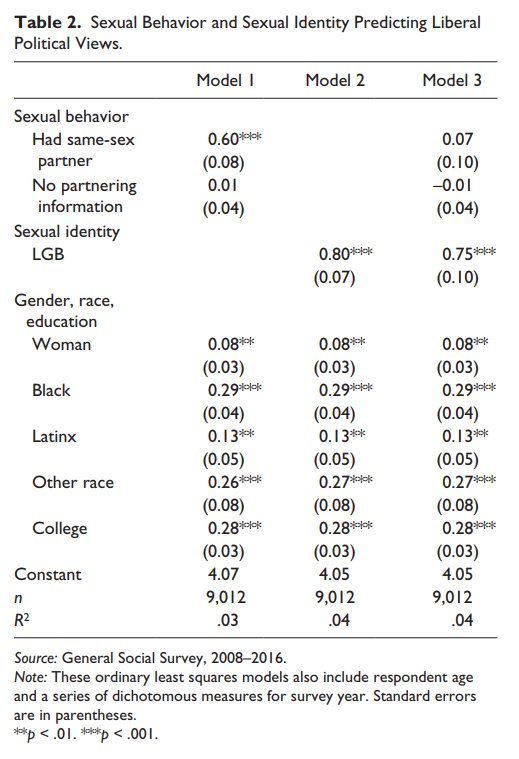
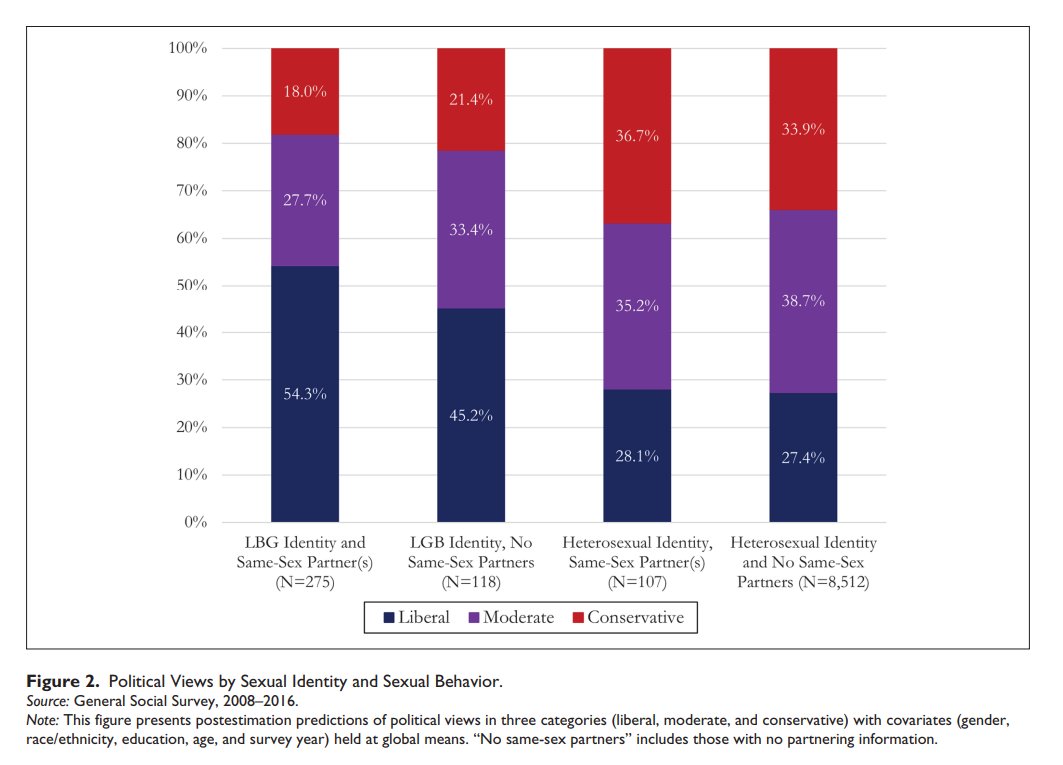
But on same-sex marriage, there's been convergence over time (primarily because heterosexuals had more room for attitude change).
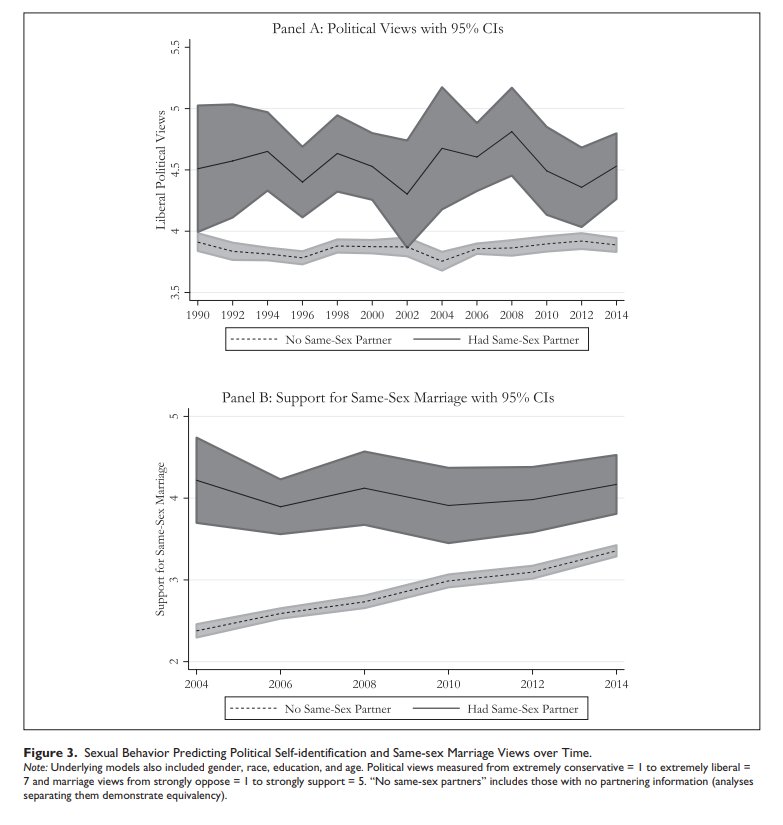
Their lesser religious fundamentalism and greater liberal partisanship help explain why sexual minorities are liberal on specific issues.
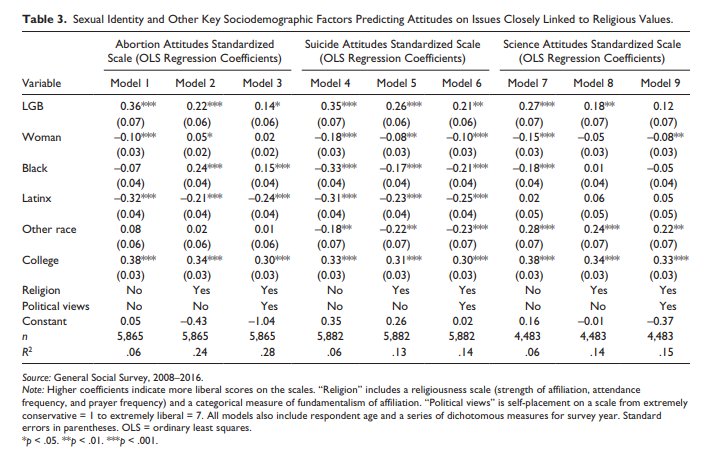
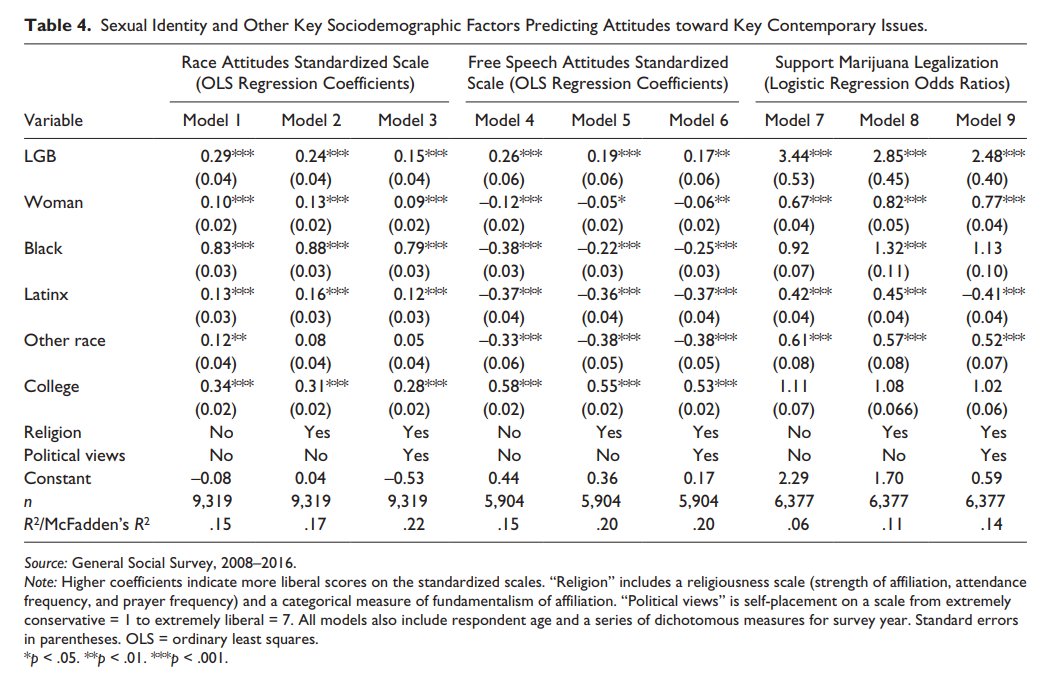
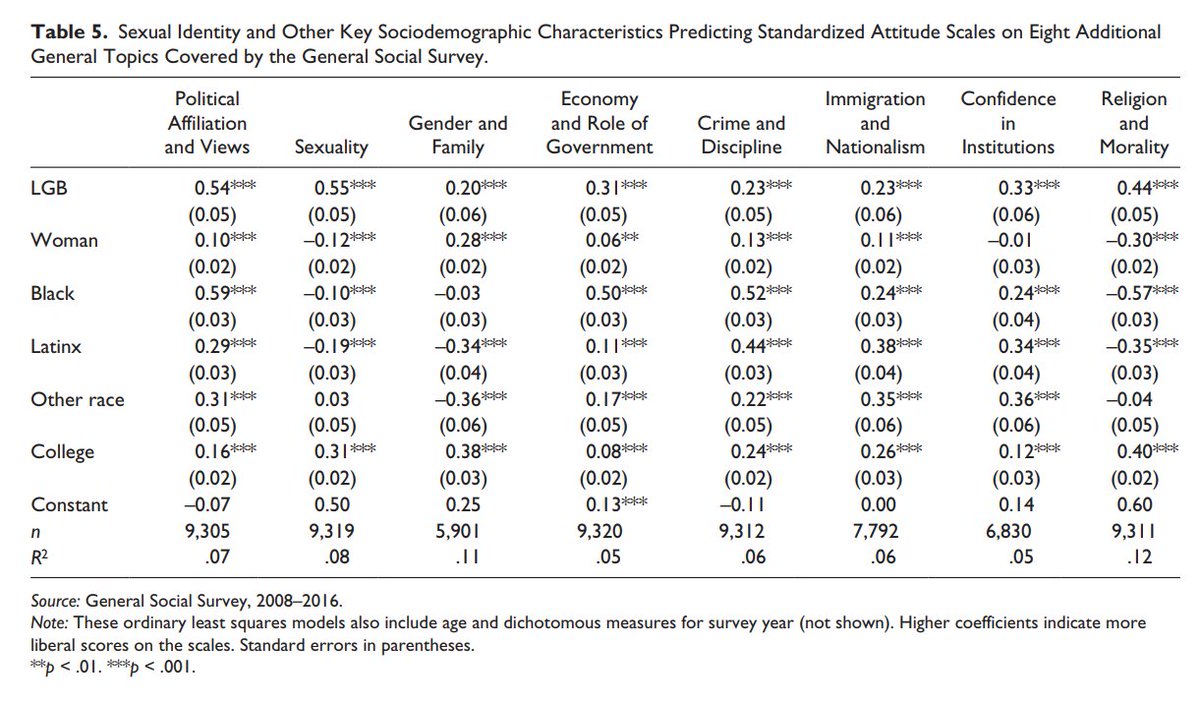
This consistency is not matched by gender, race, or even education differences in attitudes:
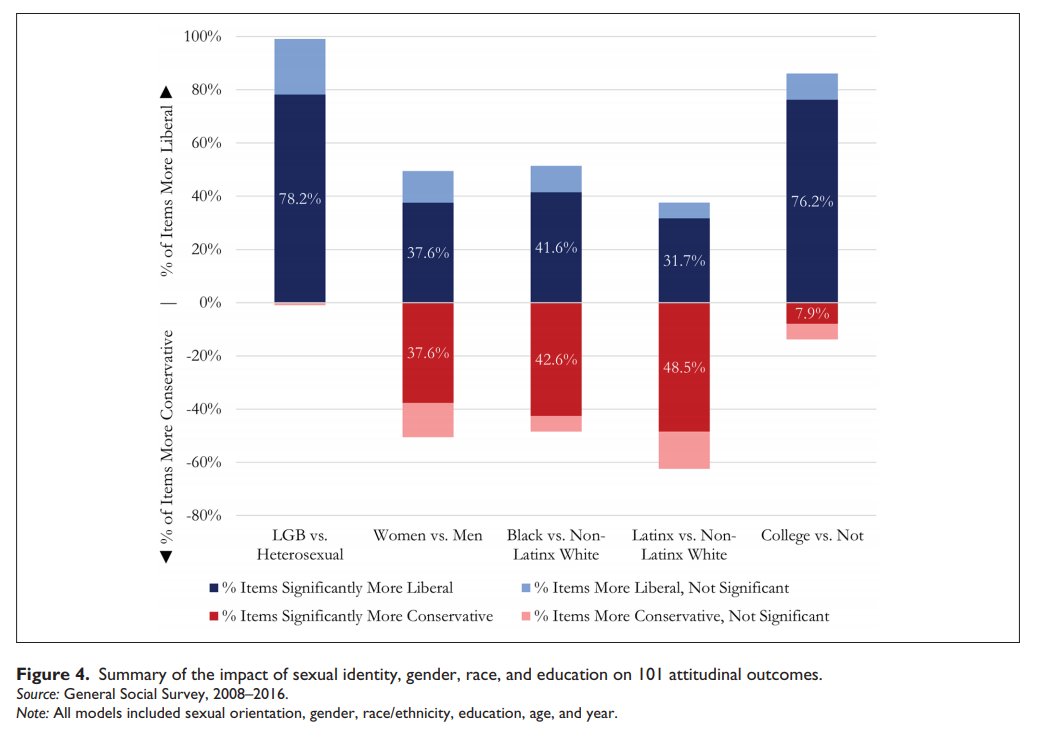
The impact of sexual orientation on social attitudes is intersectional, varying across groups and issues. It's impact is typically larger among more privileged groups.

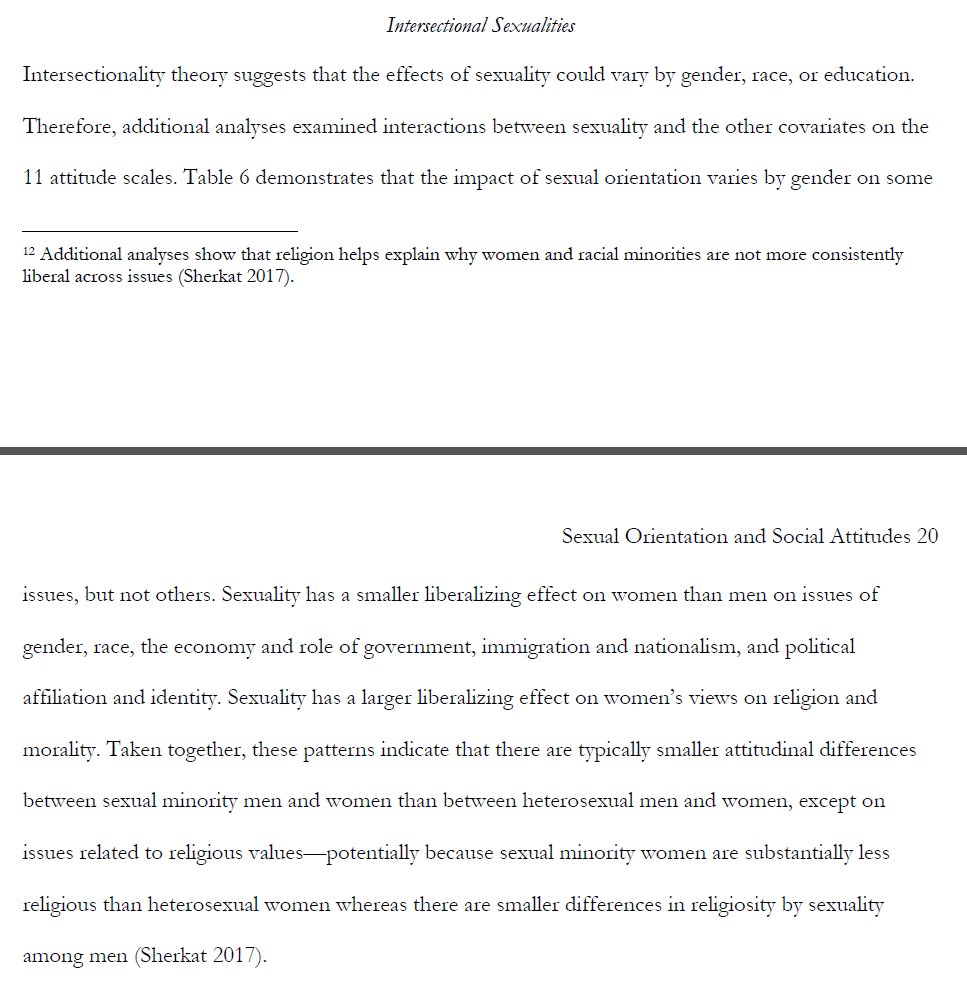
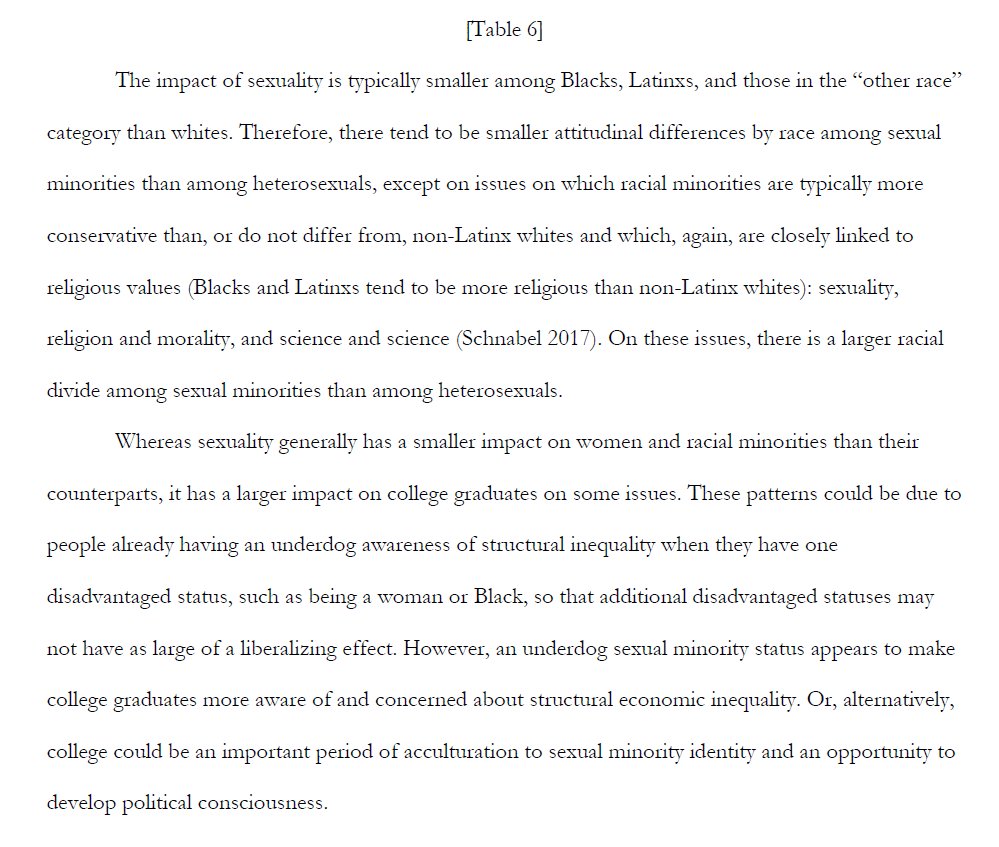
Here are some practical recommendations for (1) how to measure sexuality and (2) how to deal with missing data:
